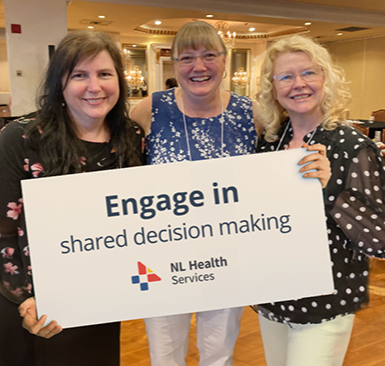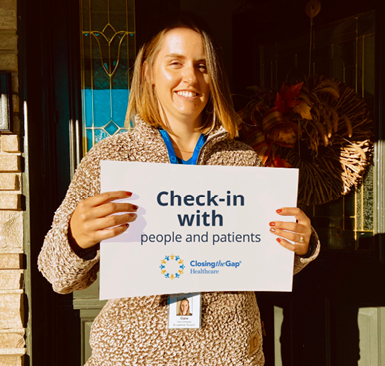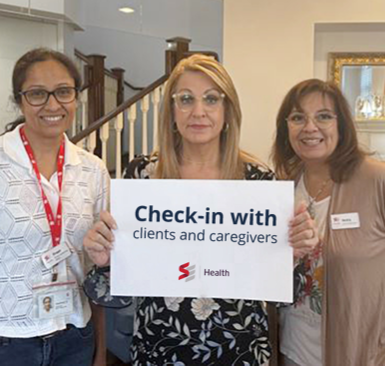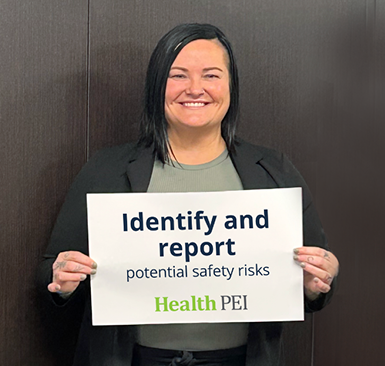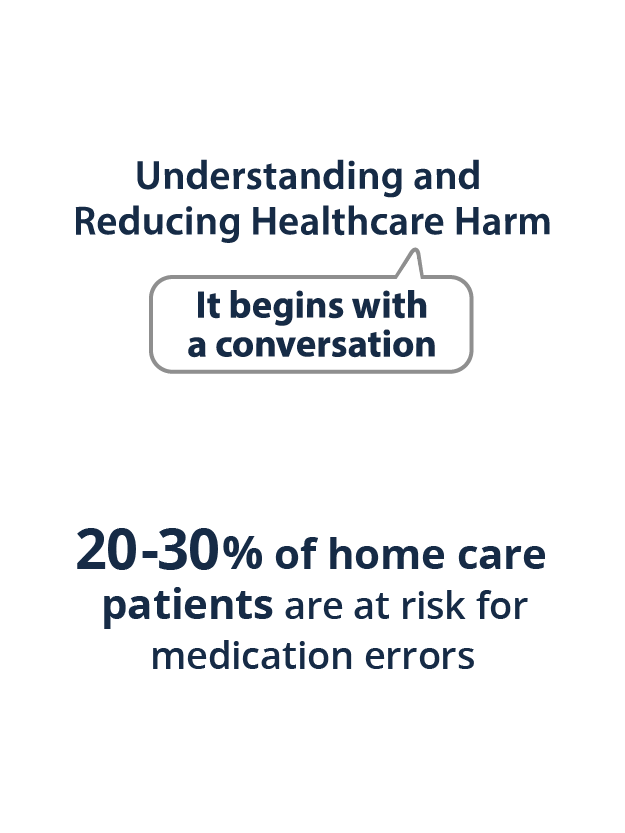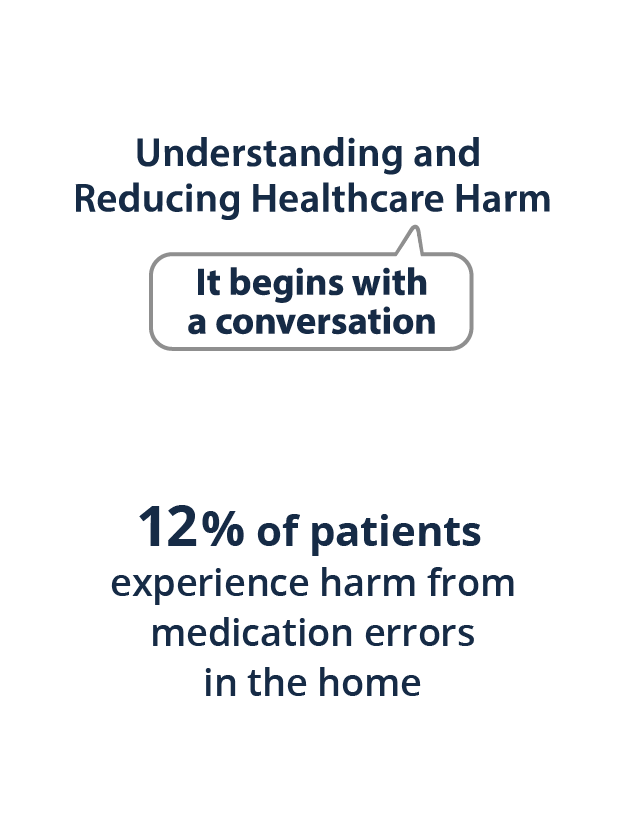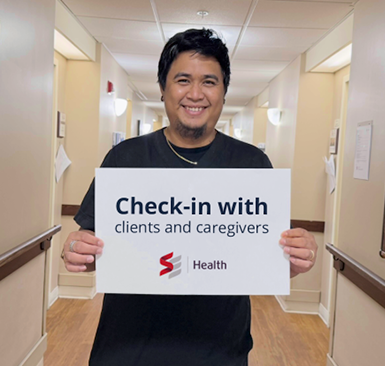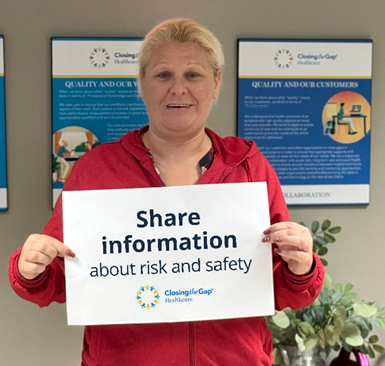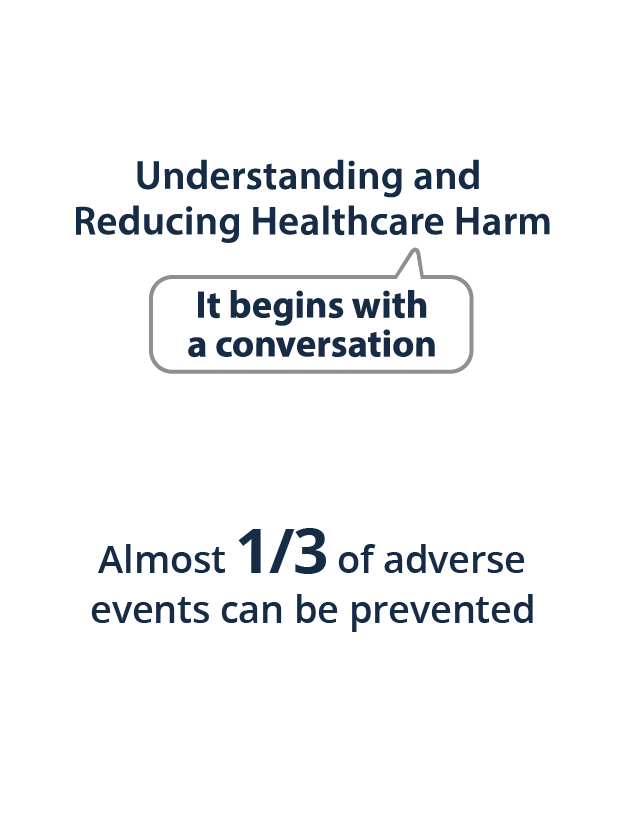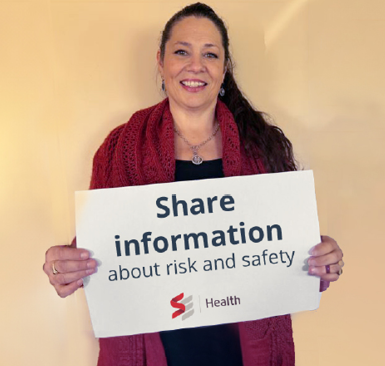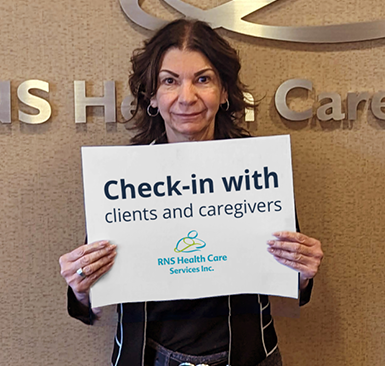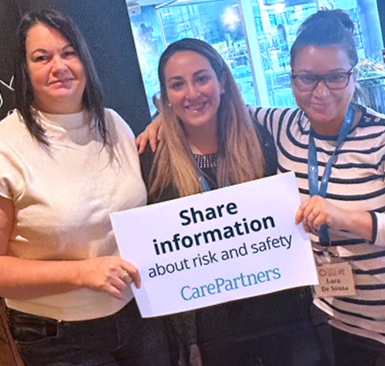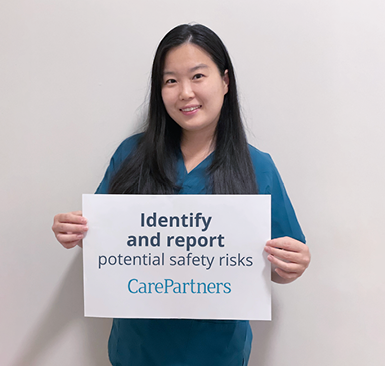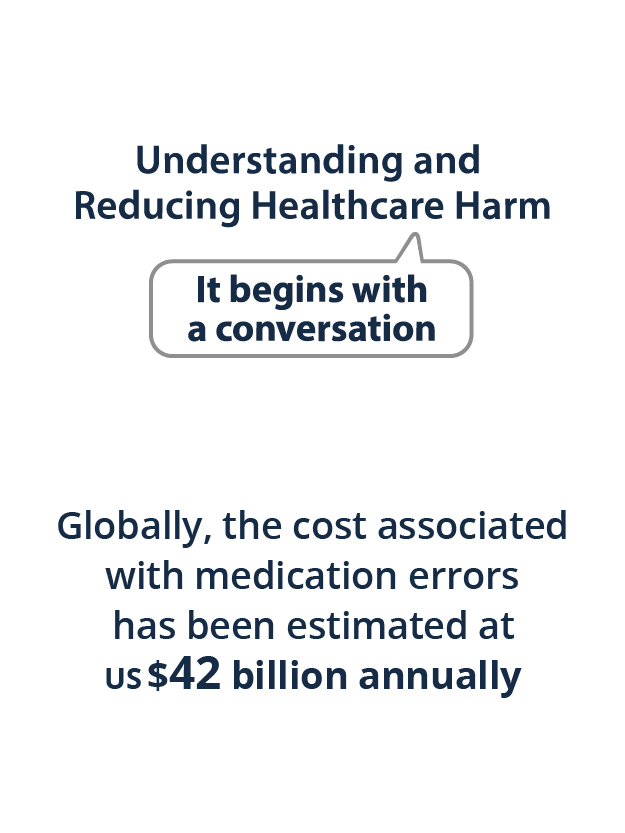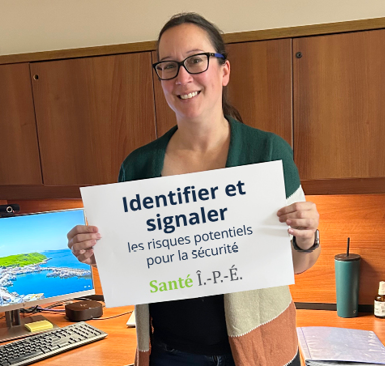PRIORITIES
SAFETY AT HOME
Safety in home care is a top priority. Many home care clients face risks such as falls, medication errors, and infections, with a significant portion of these incidents being preventable. To address this, the CHCA is championing various initiatives to enhance safety at home, working closely with members and partners to create safer environments and improve outcomes for clients and their families. Through collaboration and innovation, we are committed to making home care safer for everyone.







